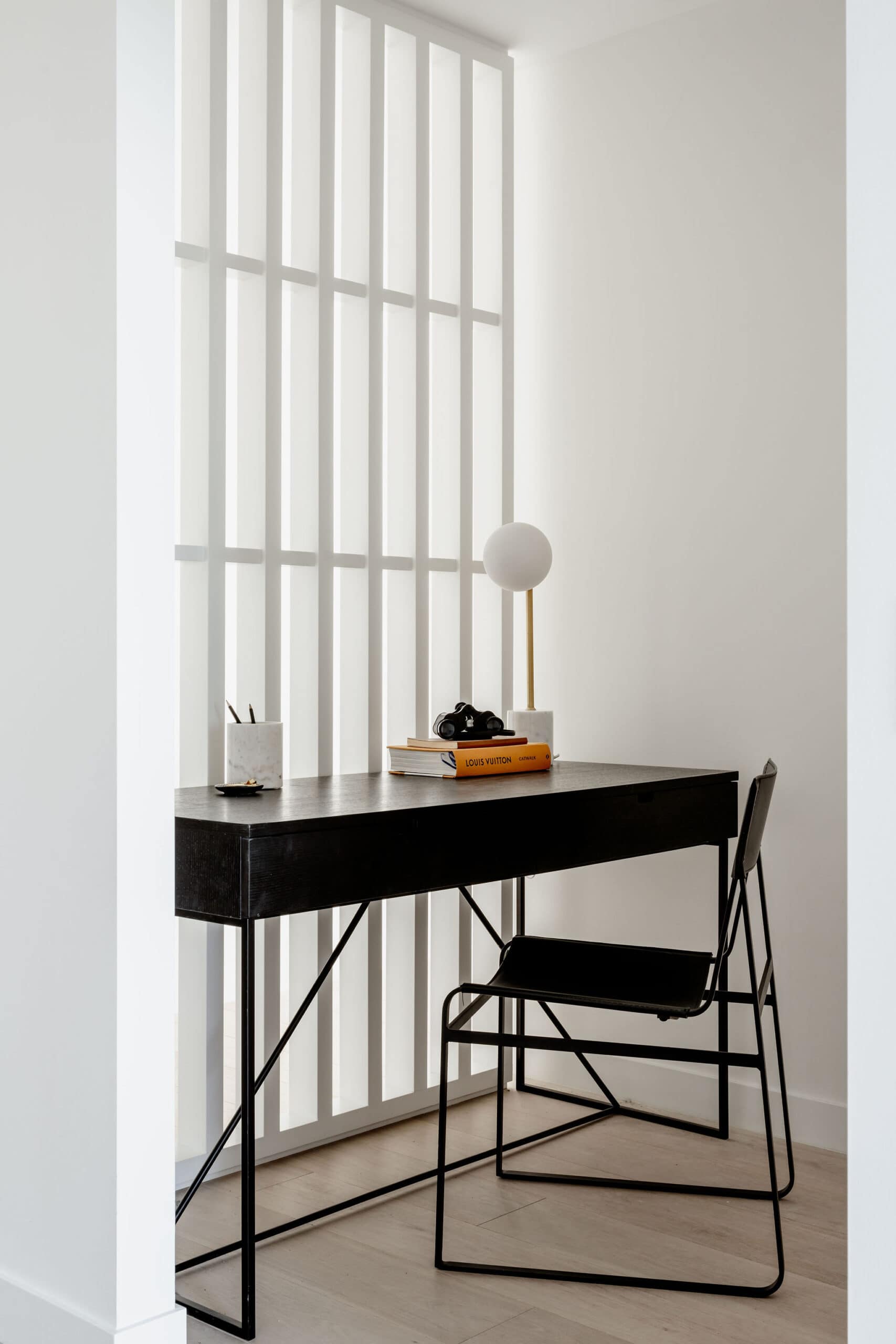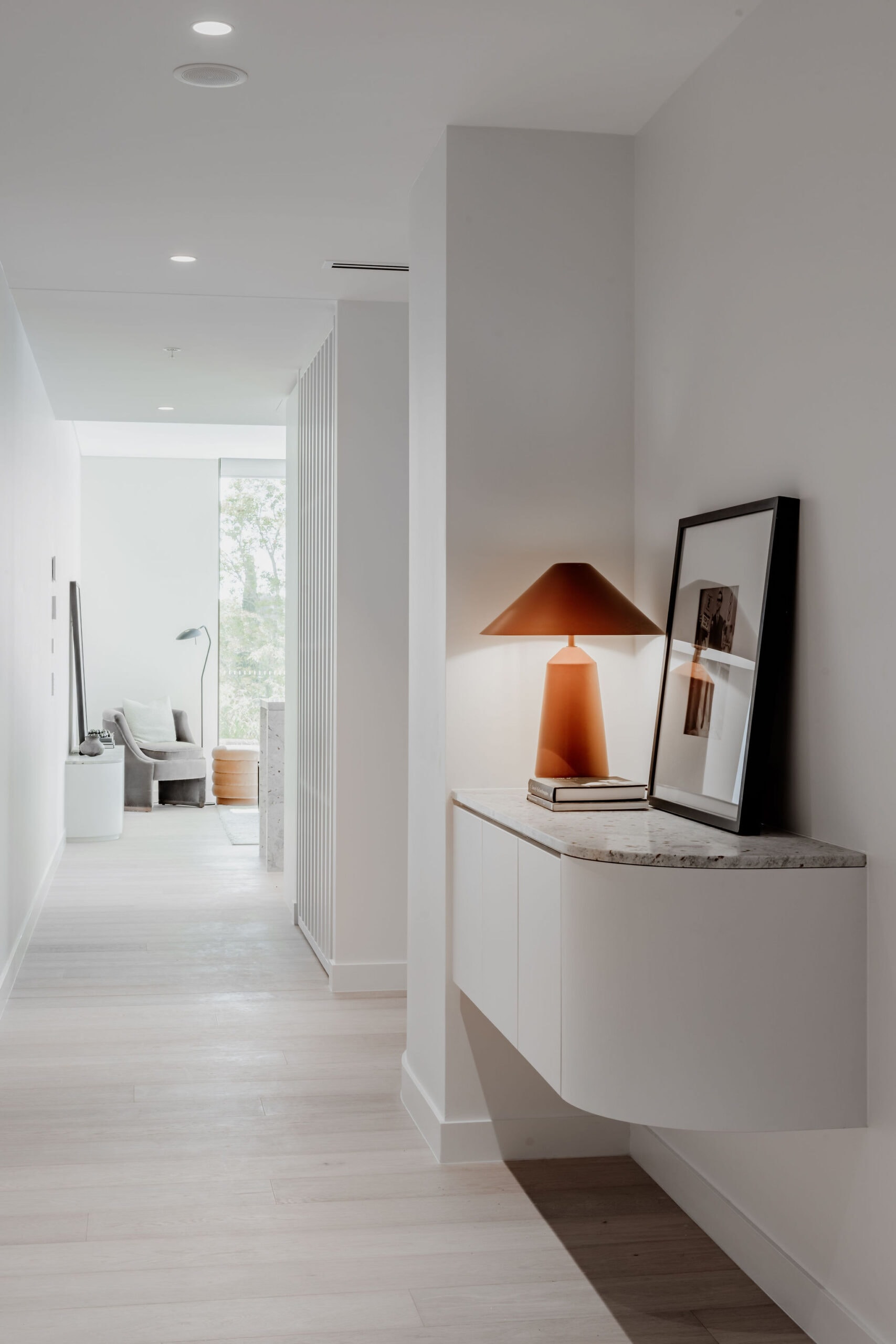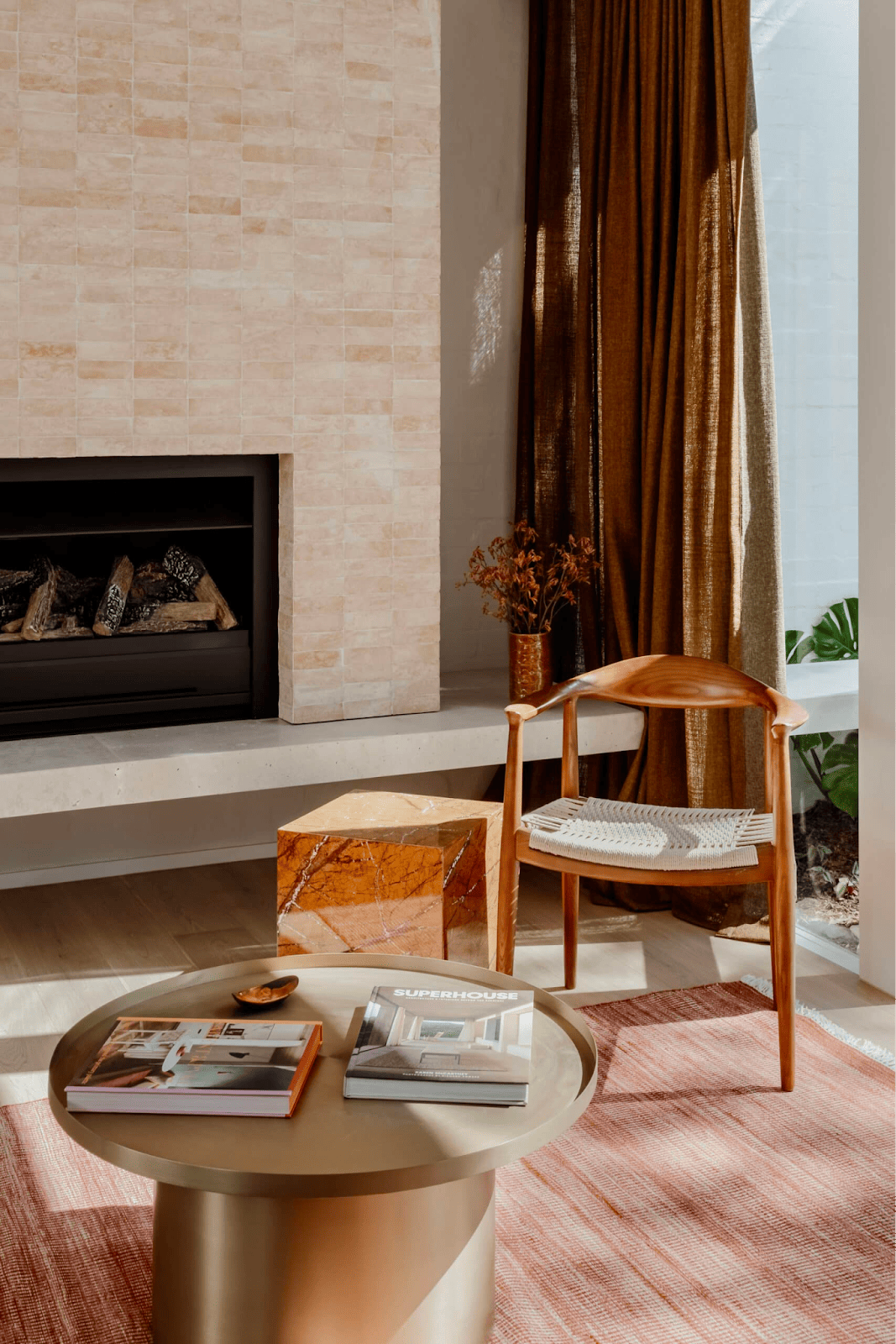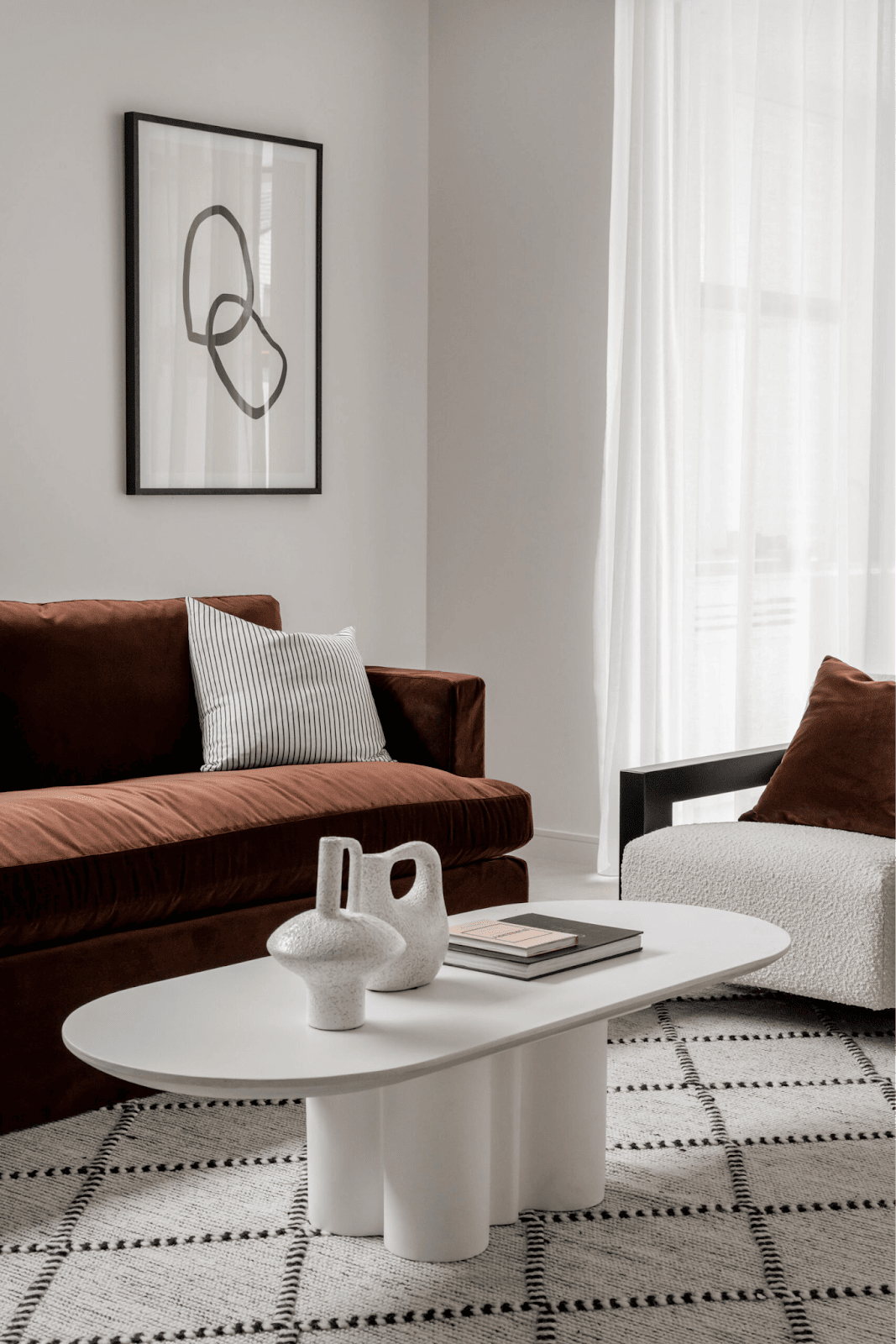The Psychology of Colour: How Different Hues Impact Mood and Behavior in Interior Design
Colour holds a lot of power in shaping our perceptions, emotions, and behaviours in any given space. When it comes to Interior Design, harnessing this power can transform a space from mundane to mesmerising. The psychology of colour delves deep into how different hues impact our mood and behaviour, offering a fascinating journey into the art and science of design.
In our daily lives, we often underestimate the influence of colour on our psyche. Yet, research has shown that colours have profound effects on our emotions and can even evoke physiological responses. Take, for instance, the calming effect of soft blues and greens, reminiscent of tranquil waters and lush landscapes. These hues can create a sense of serenity and relaxation, making them ideal for bedrooms or meditation spaces.


On the other hand, vibrant shades like deep reds and bright yellows can stimulate the senses and evoke feelings of excitement and warmth. These colours are perfect for spaces where social interaction and energy are desired, such as dining rooms or entertainment areas.
Neutral tones like beige, taupe, and grey provide a versatile backdrop for any design scheme. They evoke a sense of sophistication and timelessness while allowing other elements in the room to shine. Neutrals can also create a sense of balance and harmony, making them well-suited for workspaces or areas meant for concentration.
Incorporating the psychology of colour into Interior Design requires a nuanced understanding of both the physical and emotional aspects of space. It’s not just about choosing colours that look good together; it’s about creating an atmosphere that resonates with you on a deeper level.


When designing a space, consider the emotions you want to evoke and the behaviours you want to encourage. Whether you’re aiming for relaxation, creativity, or productivity, there’s a palette of colours waiting to bring your vision to life.